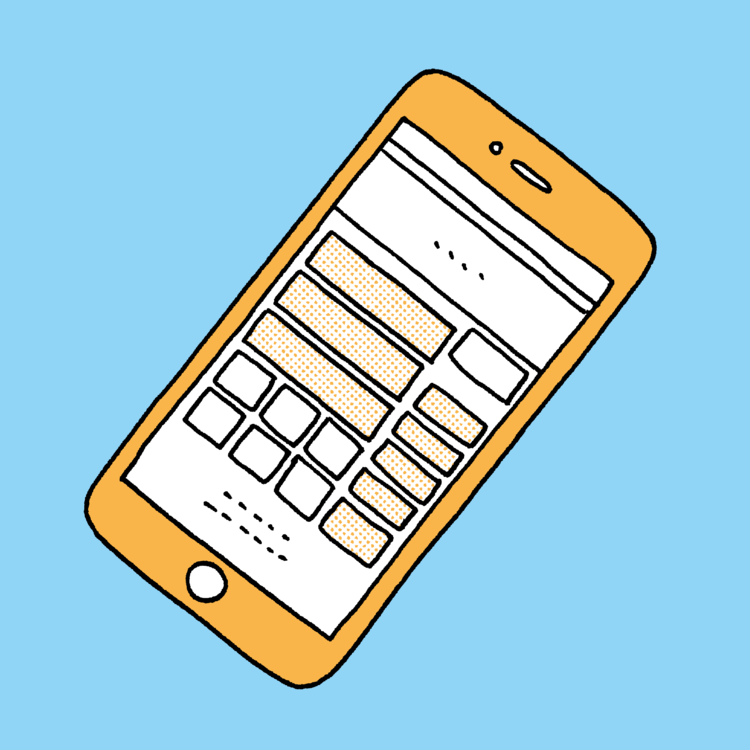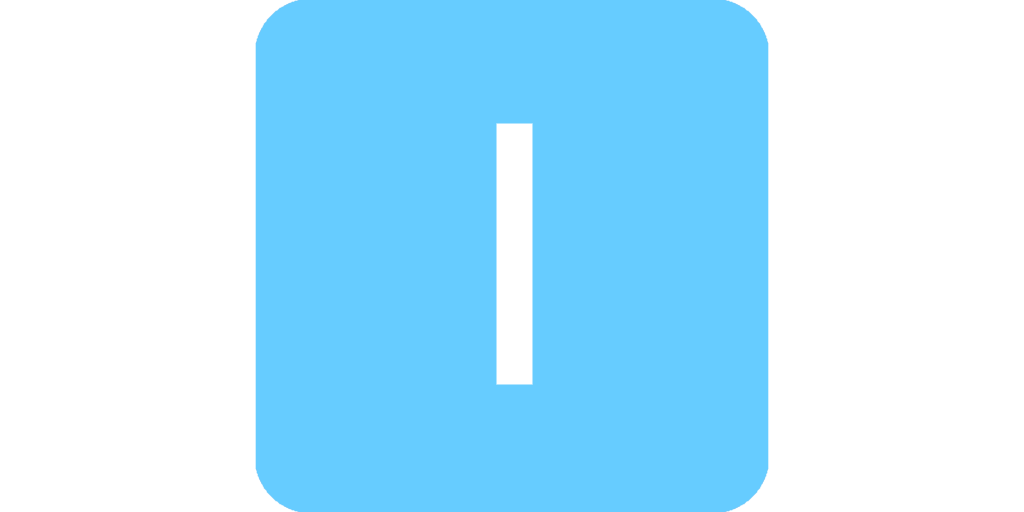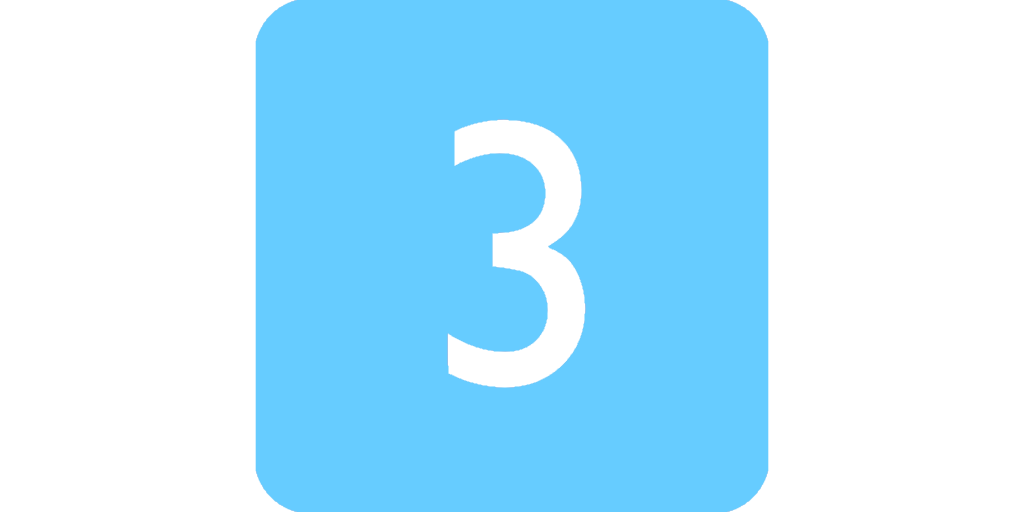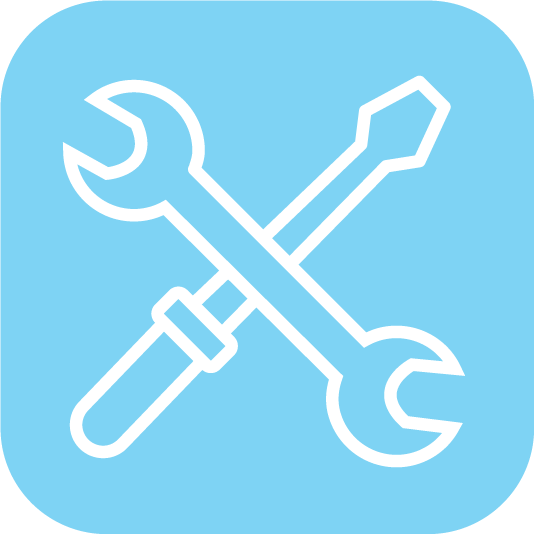Prototype

A prototype is an early form of a final product built to test particular features or aspects of the offering without the need to develop it completely. Its focus varies according to its purpose: it can be built as a proof of concept, as a way to test specific functionalities or to test the user experience and visual presentation.
A prototype is a test format that can be used throughout the testing process. It is a particularly powerful tool when not used as a standalone format but as an early build that can be worked on after gathering customer feedback. Prototypes can be used for various purposes and at various stages in the development process:
Proof of concept prototype: widely used to demonstrate that the underlying technology works and/or that it can be integrated into customer processes
A user experience prototype or mockup: a prototype with no or limited functionality focusing on user interaction and visual appearance
A working prototype or beta version: a prototype with nearly full functionality
For customer testing, the user experience prototype and working prototype are of particular interest. They help to validate the product/market fit and the willingness to pay, as they can already provide real value and interaction to the customer.
Helpful Tips
Make it simple: Decide what you want to focus on. Choose specific aspects of technology, UX/UI, or functionality you want to test. This helps you prevent “happy engineering” and inefficient use of time and money. The goal of a prototype is not to build a perfect representation of your final product, but to have something tangible to show customers and get valuable feedback from the interaction.
Make it beautiful?: There is much debate in the innovation community about how nice and well developed a prototype should be. Some suggest that “if you aren’t embarrassed of the first version of your product, you’ve launched too late”, others more recently suggest that one should go for MAP – minimum awesome products – as prototypes that focus on awing potential customers. While the truth lies somewhere in between, with contemporary design tools and modular kits making a prototype visually and technically appealing has become easier and customers now expect a certain level of quality.
From digital to physical to functional: Consider your resources. It is generally best to start with a user experience prototype done digitally, translate this into a physical representation (if necessary), and as a last step, make it functional. Let customers tell you how they want to interact with your prototype before building that form of interaction.
Outsource at early stage: In a corporate environment, innovators often have to decide whether to use the company’s resources or an external manufacturer to build the prototype. In most cases, it makes sense to source that work out at an early stage as production at established companies is often focused on large-scale efficiency rather than small scale explorative prototyping.

How to Guide
Choose what you want to focus on (UX/UI, technology or functionality) and decide which specific aspects you want to test. Prepare a user journey and develop your prototype in iterative steps, preferably using existing tools and modular kits.
Identify and recruit participants to test your prototype. Let them go through the envisioned user journey and note feedback. Don't guide them, let them figure it out themselves and ask follow-up questions. Afterwards, have a small survey prepared that gives you more quantifiable insights.
Analyze the results and iterate based on the feedback - prototypes are meant to change and improve.
Tools & Guides
Coming soon.
Do you need help with a specific project or want to learn more about how to use the Business Model Testing Cards?






